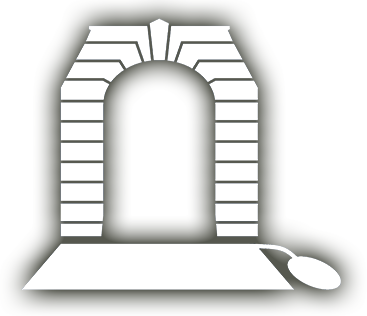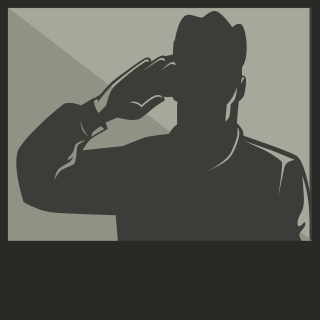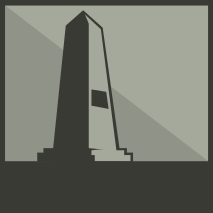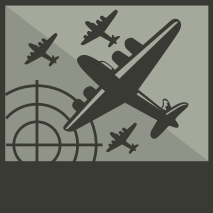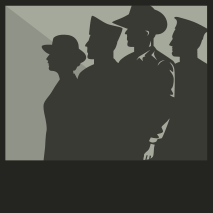
About This Unit

1st Division Signals Company
Division Signals Companies represented an entity riding the wave of new technology. Signals in the 19th Century had been based heavily on relatively simple technologies; think semaphore flags, heliograph, morse code telegraph and pigeons. By the early 20th Century, the telephone was making an impact. Despite that, the 'best fit' was with Engineers and that is where they started WW1; belonging to the the Royal Australian Engineers, but embedded in Infantry Divisional Headquarters.
Electrons and radio waves proved to be the vector of increasing technical sophistiation and specialisation. The first military radio transmissions in Australia were sent between Waterfall and Heathcote, south of Sydney, in 1910. In the face of scepticism and ignorance, it took a World War to give the transition impetus.
The Division Signals Company was tasked with providing communications from the Headquarters to those of subordinate formations. In the case of 1 Division, this meant the 1st (NSW) 2nd (Vic) and 3rd (outer states) Brigades and Division units (Artillery, Engineers, Pioneers, MG Battalions and Services etc). This would be by a combination of telephone (requiring the laying of line) and limited radio towards the end of WW1.
Communications in 1916-18 was largely achieved by a combination of field telephone (requiring the laying of line) and limited radio towards the end of WW1. At various times the basics homing pigeons and at Gallipoli, a very few horses were also used for this high risk task ('Despatch Riders'). Definitely analog! Technology was to enroach even on these bastions of tradition as motorcycle despatch riders made an appearance late in the war.
Field telephones connected by line were the most usual means of electronic communication on the Great War bettlefield. Line was buried where possible but it would often be cut or broken by artillery fire or road traffic. Then it would have to be surface laid to maintain communications. Laying line was one of the most hazardous jobs in the front line. The 'Linies' had to move above ground carrying a reel of wire. They could often be the only moving thing on the battlefield and thus attracted fire - both small arms and even artillery fire. Hence the task was often performed at night, with the added risk of getting disorientated on the battlefield. The 'linies' also had the unenviable task of locating and repairing breaks in the line.
'Power buzzers' figure in the vernacular of the time, and were devices deployed forward to boost the signal being borne by the line.
Later when radio began to appear, signallers would have to erect antennas / aerials, often exposing themselves to enemy observation and fire in the process. As antennas are invariably associated with Headquarters they would also attract the unwelcome attention of enemy artillery Forward Observers. And that is before the electronic signature of radio transmission became another means of targeting headquarters.
Some very talented men found their way into the forefront of these new technologies. The tragedy is, many did not survive to realise their full potential.
Compiled by Steve Larkins Nov 2014
Battle / Campaign /Involvement
We would particularly like to encourage individual historians researchers or members of unit associations to contribute to the development of a more detailed history and photographs pertaining to this unit and its members.
Please contact [email protected] (mailto:[email protected]) for details on how to contribute.

